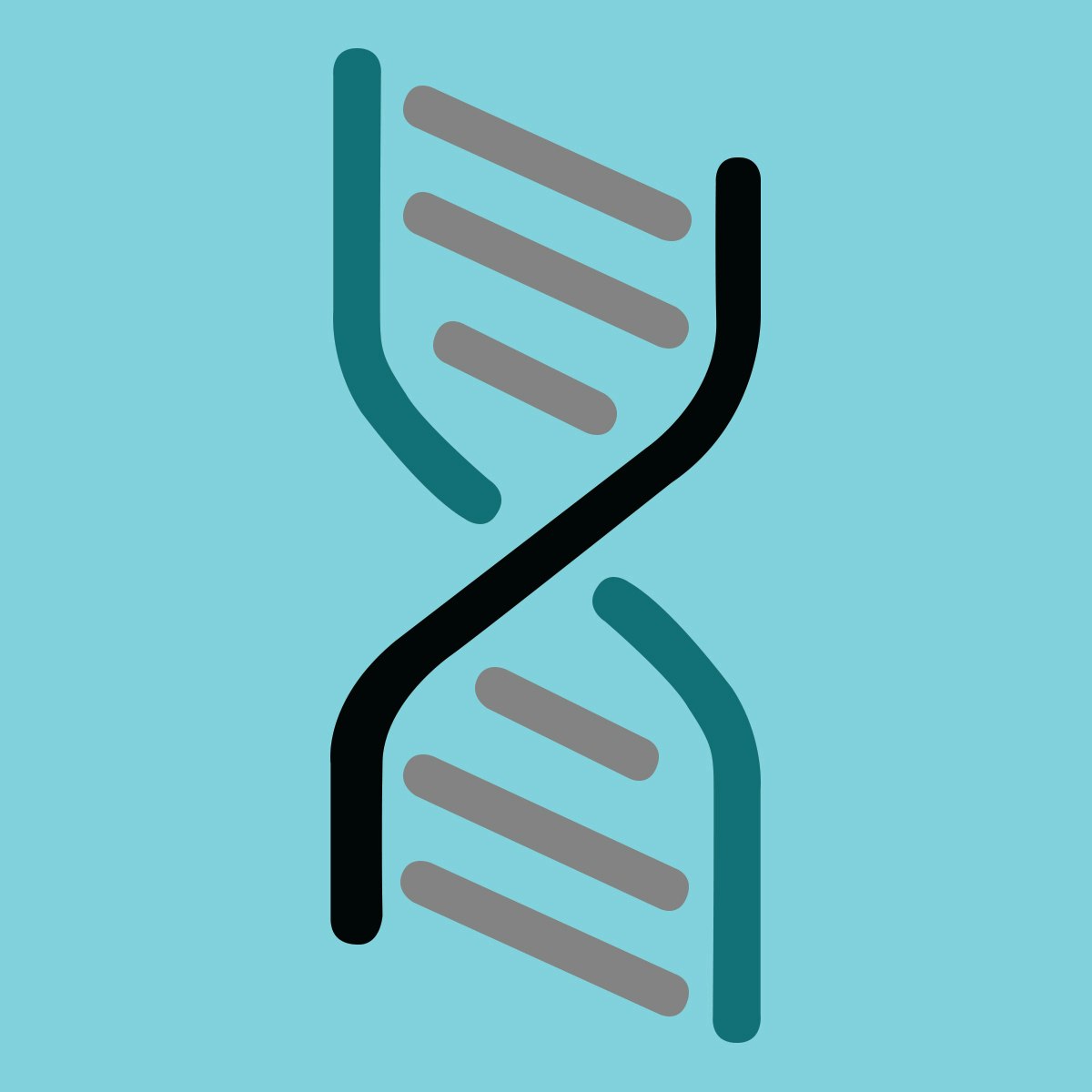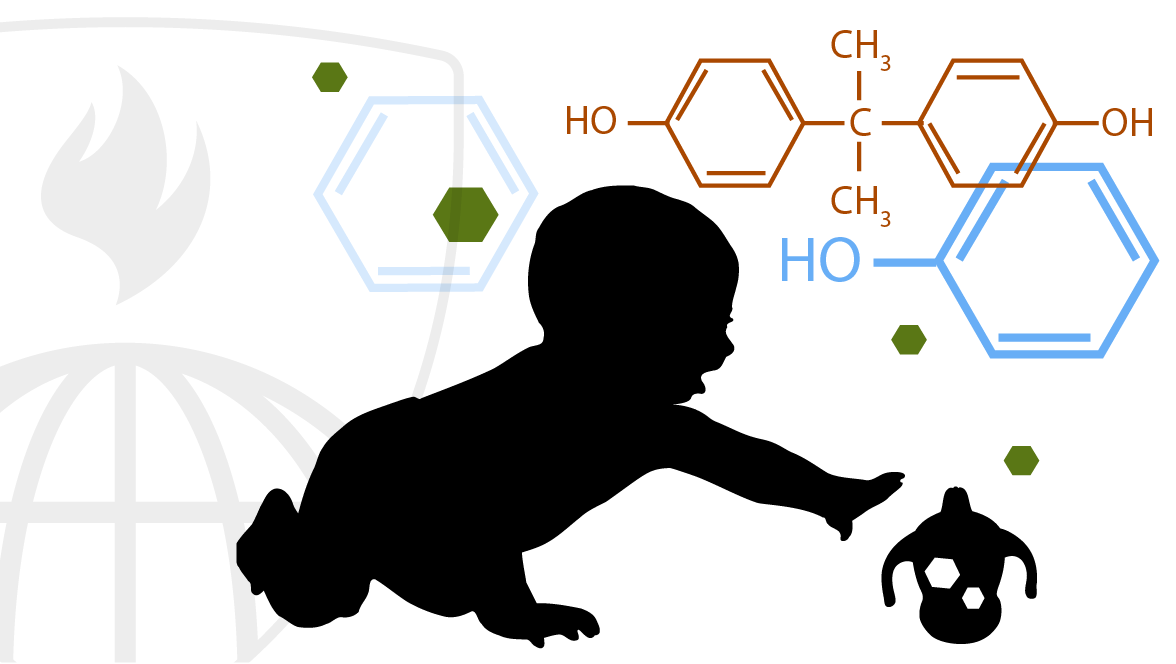Back to Courses









Life Sciences Courses - Page 63
Showing results 621-630 of 644

Emotions: a Philosophical Introduction
Philosophy is like sex: sure you can get some interesting results, but that's not why we do it. Going one step beyond…why do you FEEL pain or pleasure? Do plants have emotions? How is possible that some people do not understand other’s emotions? Emotions seem to be everywhere, giving meaning to all events of our lives. They are the backbone of social activities as well as they drive the cognitive processes of several living entities. Several animals, including humans, have emotions but…what about machines?...Do machine can have emotions?
This course will help you to understand and to identify most important philosophical ideas and debates about emotions, as well as it will provide you a rich source of data about neurological, psychological or anthropological analysis of emotions.
In a nutshell: this is a course to feel and think about.

Children's Human Rights - An Interdisciplinary Introduction
Drawing on the contributions of several academic disciplines including law, psychology, sociology, history, educational and health sciences, economy and anthropology, an interdisciplinary approach guides the student into a selection of critical issues concerning children’s rights. Participants will gain insight relative to the development of this specific human rights category, as well as to the evolution of the challenges faced by children over time and society’s efforts to respond. Successful international strategies and programs promoting children’s rights will be highlighted, as well as the role of key actors involved in international organizations working in this field. This open online course provides an overview of the most important features of children’s human rights. A central portion of the MOOC will consist of a presentation of the international and regional standards on children’s rights and the related international and regional judicial and quasi-judicial bodies designed to ensure their implementation.
No prerequisites or specific background is required to register for this MOOC. The course is conceived as an introductory level program, but participants, who wish to deepen their knowledge in the field of children’s rights, or already have some prior knowledge, will have access to additional reading material on a weekly basis. Participants who successfully complete the class activities and final assessment may request for a paid certificate of accomplishment signed by the Instructor and the main professors responsible for the program. However, no credits are awarded.
The course consists of seven topical modules distributed on 4 weeks. English is the only language of instruction.

Value-Based Care: Organizational Competencies
COURSE 5 of 7. This course is designed to introduce you to the changes an organization will need to make to succeed in value-based care and payment. In previous courses in this specialization, you were introduced to the Accountable Care Learning Collaborative (ACLC). One of the models you will explore is the ACLC’s Accountable Care Atlas model. This model, along with additional information from the Health Care Payment Learning and Action Network (HCP-LAN), will help you begin to understand the challenges and rewards of transitioning to value-based care. In Module 2, you will explore those concepts through the lenses of three types of healthcare organizations, tying those examples back to types of value-based contracts. You will also explore strategies to address some of the challenges in the journey to value-based care. In the summative assignment, you will demonstrate your knowledge by envisioning that you have been invited to speak as part of a roundtable discussion on the challenges of transitioning to value-based care and payment. You will develop an outline of talking points in which you will share why VBC is valuable, the challenges and strategies that might address them, and where you see opportunities for progress in the transition to value-based care.

Introduction to Translational Science
Translational science is the process of turning observations in the laboratory, clinic, and community into interventions that improve the health of individuals and populations. In this course, you’ll learn about the role of translational research in moving scientific discoveries into applications for improving human health. With an understanding of the four stages of translational research, you’ll be able to assess team roles for each stage and explain the importance of rigorous research, responsible conduct of research, and the differences between them. Finally, you’ll learn about career opportunities within the in-demand field of translational research.
This is an ideal introduction for undergraduate or graduate students interested in the practical application of their research to improve the health of their community.
This is the first course of five in the “Translational Science” series.

Genomics: Decoding the Universal Language of Life
What is a genome? A genome contains all of the information that a cell needs to develop, function, and reproduce itself, and all the information needed for those cells to come together to form a person, plant, or animal. Genomes contain an organism’s complete set of genes, and also the even tinier genetic structures that help regulate when and how those genes are used.
The ability to regrow a torn ligament, the clues that might predict the onset of mental illness, the nutritional potential of crops, and even the history of life itself, are all encoded in genomes. By taking this course, you will discover how scientists are deciphering the language of genomes to learn how to develop sustainable food and fuel supplies, improve disease treatment and prevention, and protect our environment.
Professor Robinson is the main instructor for this course. In addition, each module features several guest instructors. These guest instructors come from diverse fields of study—biology, physics, computer science, and many others—and pursue diverse research goals, yet they share a common interest in genomic approaches and technologies. The guest instructors include:
- Elizabeth (Lisa) Ainsworth, Associate Professor of Plant Biology
- Mark Band, Director of the Functional Genomics Facility
- Alison Bell, Associate Professor of Animal Biology
- Jenny Drnevich, Functional Genomics Bioinformatics Specialist with High-Performance Biological Computing
- Christopher Fields, Associate Director of High-Performance Biological Computing
- Bruce Fouke, Director of the Roy J. Carver Biotechnology Center
- Glenn Fried, Director of the Carl R. Woese Institute for Genomic Biology Core Facilities
- Nigel Goldenfeld, Professor of Physics
- Brendan Harley, Assistant Professor of Chemical and Biomolecular Engineering
- Alvaro Hernandez, Director of the High-Throughput Sequencing and Genotyping Facility
- Victor Jongeneel, former NCSA Director of Bioinformatics and former Director of High-Performance Biological Computing
- Kingsley Boateng, Senior Research Specialist with the Carl R. Woese Institute for Genomic Biology Core Facilities
- Stephen Long, Professor of Plant Biology and Crop Sciences
- Ruby Mendenhall, Associate Professor of African American Studies
- William Metcalf, Professor of Microbiology
- Karen Sears, Assistant Professor of Animal Biology
- Saurabh Sinha, Associate Professor of Computer Science
- Lisa Stubbs, Professor of Cell and Developmental Biology
- Rachel Whitaker, Associate Professor of Microbiology
- Derek Wildman, Professor of Molecular and Integrative Physiology
- Peter Yau, Director of the Protein Sciences Facility

Chemicals and Health
This course covers chemicals in our environment and in our bodies and how they impact our health. It addresses policies and practices related to chemicals, particularly related to how they get into our bodies (exposures), what they do when they get there (toxicology), how we measure them (biomonitoring) and their impact on our health. Most examples are drawn from the US.
Disease Clusters
Do a lot of people in your neighborhood all seem to have the same sickness? Are people concerned about high rates of cancer? Your community may want to explore the possibility of a disease cluster, which happens when there is a higher number of cases of disease than expected.
When communities hear about cases of disease in their neighborhood, they are rightfully concerned. However, the results of investigations by the health department often find no evidence of a cluster.
This course will help you understand what a disease cluster is and how it is studied. The goal is to empower community (or citizen) scientists, and to help build better relationships between communities and health officials.

Genome Assembly Programming Challenge
In Spring 2011, thousands of people in Germany were hospitalized with a deadly disease that started as food poisoning with bloody diarrhea and often led to kidney failure. It was the beginning of the deadliest outbreak in recent history, caused by a mysterious bacterial strain that we will refer to as E. coli X. Soon, German officials linked the outbreak to a restaurant in Lübeck, where nearly 20% of the patrons had developed bloody diarrhea in a single week. At this point, biologists knew that they were facing a previously unknown pathogen and that traditional methods would not suffice – computational biologists would be needed to assemble and analyze the genome of the newly emerged pathogen.
To investigate the evolutionary origin and pathogenic potential of the outbreak strain, researchers started a crowdsourced research program. They released bacterial DNA sequencing data from one of a patient, which elicited a burst of analyses carried out by computational biologists on four continents. They even used GitHub for the project: https://github.com/ehec-outbreak-crowdsourced/BGI-data-analysis/wiki
The 2011 German outbreak represented an early example of epidemiologists collaborating with computational biologists to stop an outbreak. In this online course you will follow in the footsteps of the bioinformaticians investigating the outbreak by developing a program to assemble the genome of the E. coli X from millions of overlapping substrings of the E.coli X genome.

Human Health Risks, Health Equity, and Environmental Justice
The fourth and final course of the Impacts of the Environment on Global Public Health specialization will cover two topics. The first is environmental justice – that is, avoiding an inequitable distribution of environmental health threats in our population, and ensuring a healthy and safe environment and health equity for all. The second is risk assessment and management, a framework that can be utilized to assess and quantify human health risks, and to identify appropriate approaches to mitigating those risks and promoting better health. We will explore the steps involved in risk assessment, as well as how risk assessment can incorporate and address environmental justice issues.

Antibiotic Stewardship
Antimicrobial Stewardship: Improving Clinical Outcomes by Optimization of Antibiotic Practices
Internet Enduring Material Sponsored by: Stanford University School of Medicine
Presented by: The Division of Infectious Diseases and Geographic Medicine at Stanford University School of Medicine
NOTE: These videos were produced as part of a free online course offered by the Stanford Center for Continuing Medical Education (SCCME). If you wish to receive credit for your participation in the course, you will need to complete the full course on the SCCME website at: http://cme.stanford.edu/online. The course version on Coursera does not offer CME credit.
Course Description
Antibiotics are among the most frequently prescribed classes of drugs and it is estimated that approximately 50% of antibiotic use, in both the outpatient and inpatient settings, is inappropriate. At the same time, in contrast to any other class of drugs, every antibiotic use has a potential public health consequence – inappropriate use may not harm only the individual patient, but contributes to societal harm by exerting an unnecessary selective pressure that may lead to antibiotic resistance among bacteria. This video based course will introduce learners to the basic principles of appropriate antibiotic use, demonstrate how to apply these principles to the management of common infections, and outline how to develop and maintain an antimicrobial stewardship program. We will offer a number of illustrative cases, recognizable to the practicing physician in his or her practice to engage learners in the thought processes that lead to optimal decision making, improved outcomes of individual patients, and harm reduction vis-a-vis the bacterial ecology. The course will also explore strategies to implement principles of antimicrobial stewardship both in your practice and also at a program level.
